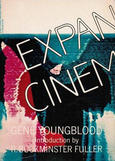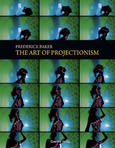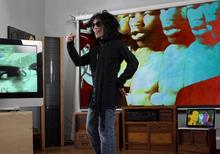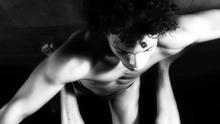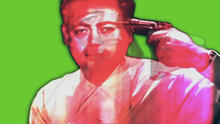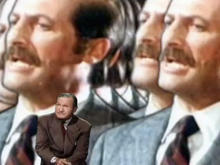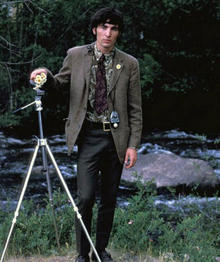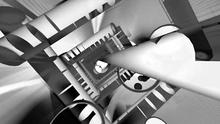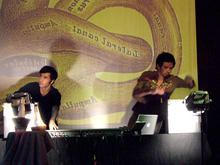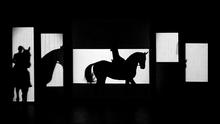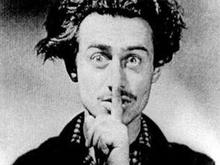The Drowning
(2009)by Kasumi explores the impressions running through a man’s mind in the moments before his death: the sensation of time slowing down, of heightened bodily perceptions, and the simultaneous unreeling of an internal cinema of images.
Image/sound: Kasumi
Dancer: Chan U Hong
3 video channels, 6 audio channels (mixed down for Vimeo)
"The Drowning is a shorter version of my work MO-SO, an EMPAC DANCE MOViES Commission 2009-2010, supported by the Jaffe Fund for Experimental Media and Performing Arts, Experimental Media and Performing Arts, Rensselear Polytechnic Institute, Troy, NY.
In The Drowning, I wanted to explore the impressions running through a man’s mind in the moments before his death: the sensation of time slowing down, of heightened bodily perceptions, and the simultaneous unreeling of an internal cinema of images – seemingly unrelated – that create an unconscious narrative of personal history and emotion. The story in his head changes in the last seconds as the oxygen-deprived brain starts shutting down, speeding faster and faster, turning into a surreal, psychedelic collage of colors and primary symbols, the foundations of learned experience reduced to their individual blocks of information, electrified and dispersing like split atoms or dying stars."
Source: Kasumi on Vimeo
